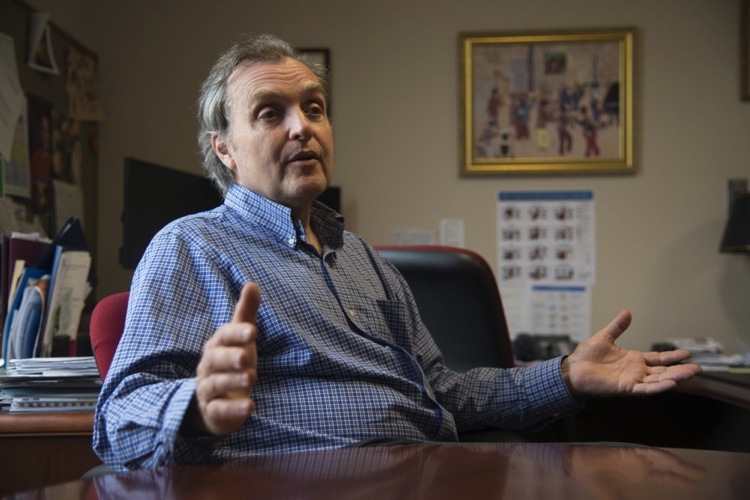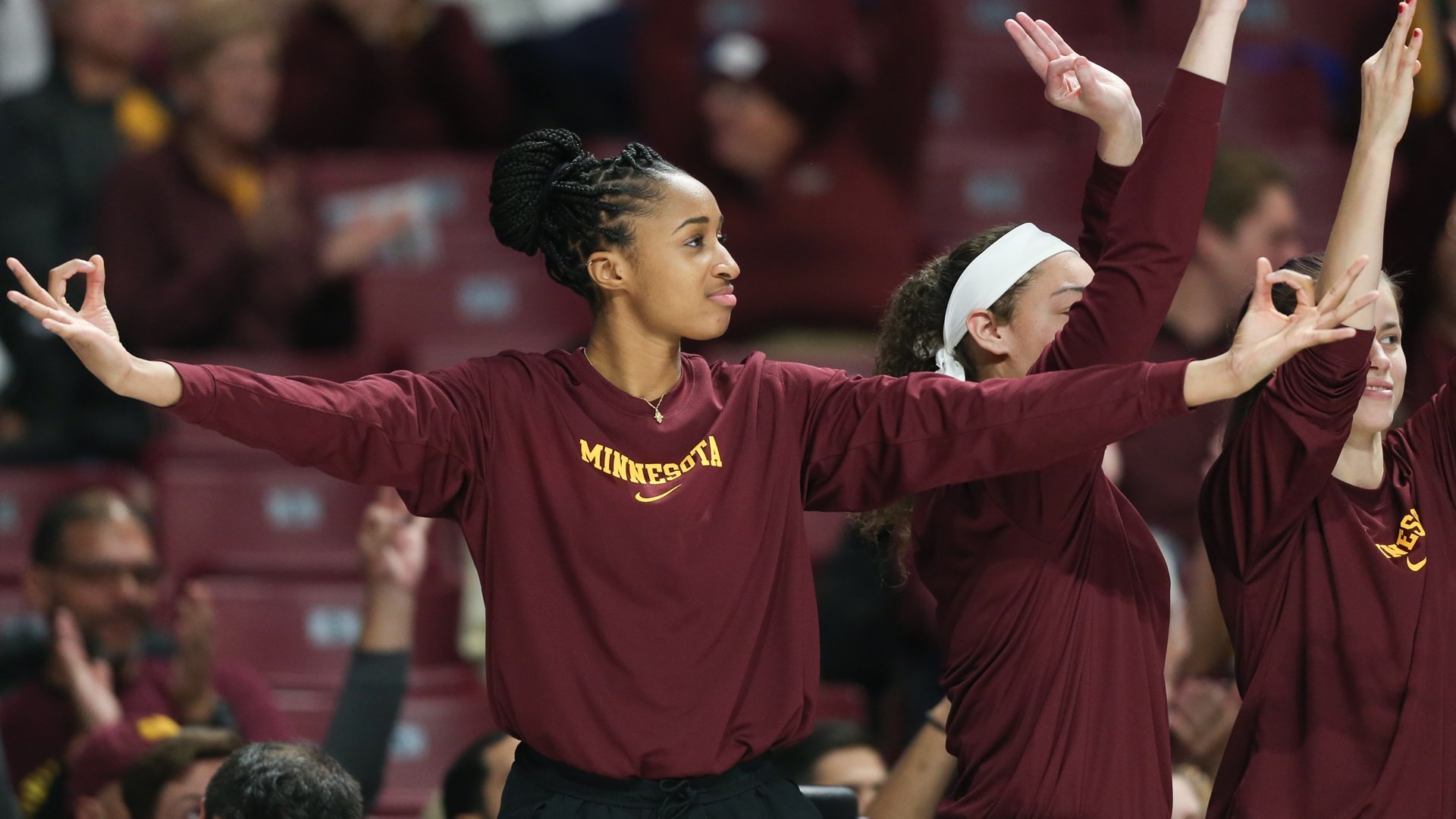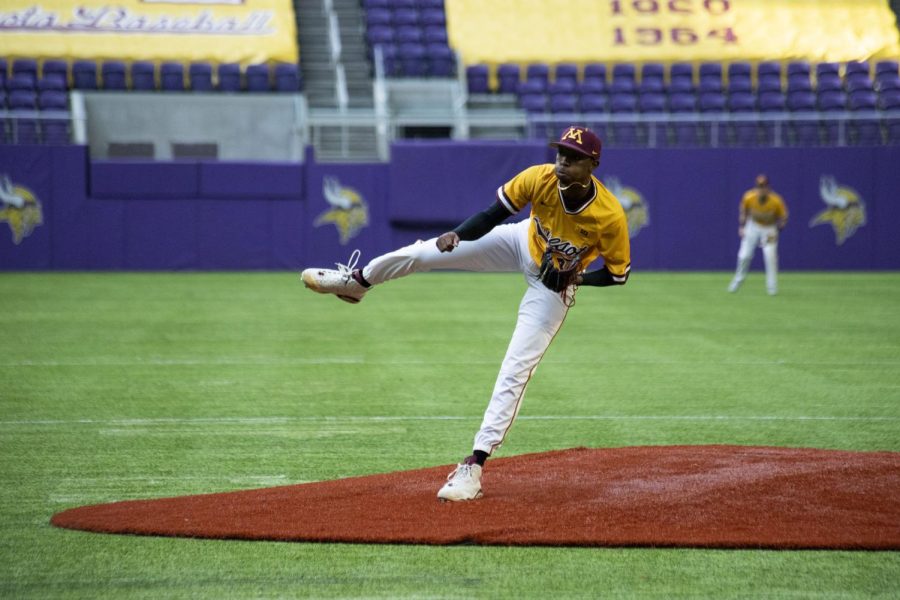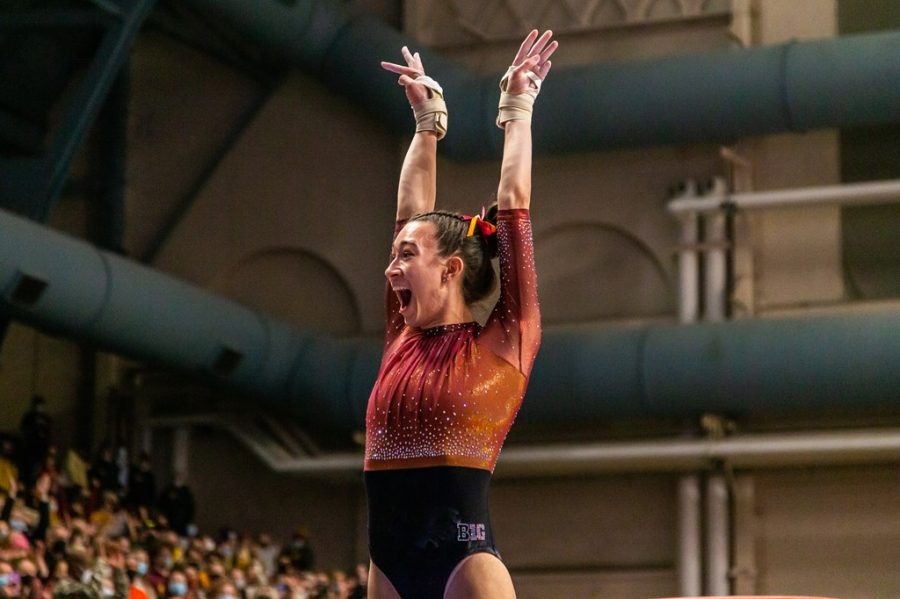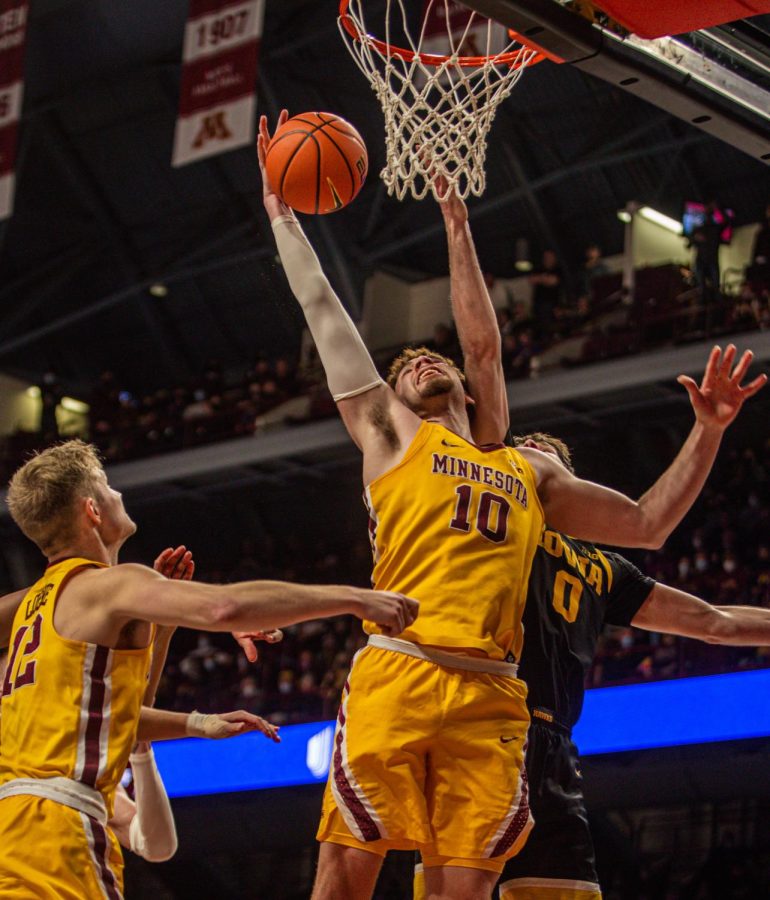In the upcoming city election, there are five Ward two candidates on the ballot, something that has not been seen for over 40 years.
As Minneapolis approaches its first municipal election since George Floyd’s murder and the following unrest, it is clear that there has been an increase in civic engagement in Ward two. These five candidates come from a wide range of backgrounds, but all are looking to help Minneapolis through a period of immense change.
The last time there were five candidates was in 1977, with most of the following elections drawing two candidates. Current representative Cam Gordon was elected in 2005, and has not seen tough opposition since his election year.
The candidates are Gordon, Yusra Arab, Robin Wonsley Worlobah, Tom Anderson and Guy Gaskin. Gordon represents the Green Party while Wonsley Worlobah is part of the Democratic Socialist Party. Arab is a DFL candidate and advocate for Ward two’s East African population. Anderson is a DFL candidate with a background in teaching. Gaskin is the lone Republican candidate running in a neighborhood that tends to vote progressively.
City finds itself at a turning point
Wonsley Worlobah, Arab and Anderson said they decided to run for city Council after Floyd’s murder and the subsequent disarray of the city.
“The world is really looking at Minneapolis after the uprisings,” Wonsley Worlobah said. “How do you actually go about changing the conditions that drive apartheid conditions in your city?”
Currently, the city Council is dealing with how to reform, or replace, the police department, solve the racial disparities among several city systems, such as the Black-white homeownership gap and create more affordable housing.
When the Minneapolis City Council vowed to dismantle the Minneapolis Police Department in June 2020, Arab said she felt they did this without a concrete plan.
“I haven’t seen the Council step up and actually implement a significant plan that includes communities that are most impacted by these decisions, which is one of the promises that they made on stage,” she said.
When Arab worked as a policy aide for the Ward six City Council member, she said she noticed a disconnect between city hall and its constituents. She watched city officials who didn’t know much about the East African community struggle to communicate with them.
“The East African community is a traditionally oral society, so by just spreading the community with flyers about resources, they would never get traction and they were wondering why,” Arab said.
Ward two creates room for independents
Currently, Gordon is the only independent party member that exists within the city Council. Every other Council member is in the Democratic-Farmer-Labor (DFL) Party.
Southeast Como Improvement Agency President Ben Brummel said he wouldn’t be surprised if Wonsley Worlobah does well in Ward two given the fact that it already elected a progressive independent. Historically, Ward two has been run, like much of the city, by DFL party members. In the 1970s and early 1980s, there was strong competition from independents, but DFL members usually won.
This changed when Gordon ran for the first time in 2001. Although he was not elected that year, he came in a close second, losing by about 100 votes. In the terms before he took office, Gordon said there were Green Party members on the Council, but when he was elected, he was the only one.
Within Ward two, there is a large student population living in Prospect Park, Southeast Como and Cedar-Riverside. Younger generations, including Millennials and Gen-Z, tend to vote more liberally, according to the Pew Research Center.
There is not a strong Democrat vs. Republican debate happening in Minneapolis at the local election level, Gordon said.
“I think people also see that City Council is nonpartisan, and party connection maybe isn’t as important as it might be when they’re thinking about the state legislature, or Congress where it seems like that majority parties are really important,” Gordon said.
Gordon’s 15 years in Ward two
Through the last 15 years, Gordon said he helped create the Dinkytown Greenway, which is the trail system running along the train tracks in Dinkytown. These trails connect to others along West River Parkway and continues to run near downtown Minneapolis. He also helped get protected bike lanes along the Franklin Avenue Bridge near Seward.
He said he has been a part of getting rid of parking minimums and overall, transitioning Minneapolis into a walkable city.
“[As city Council member], you really have an opportunity to help people and improve people’s lives,” Gordon said. “A lot of people think about politics and they think about it at the national and the federal level, but it’s at this local level where you can really partner with folks and … help people solve problems.”
Guy Gaskin did not respond to the Minnesota Daily’s requests to interview.










